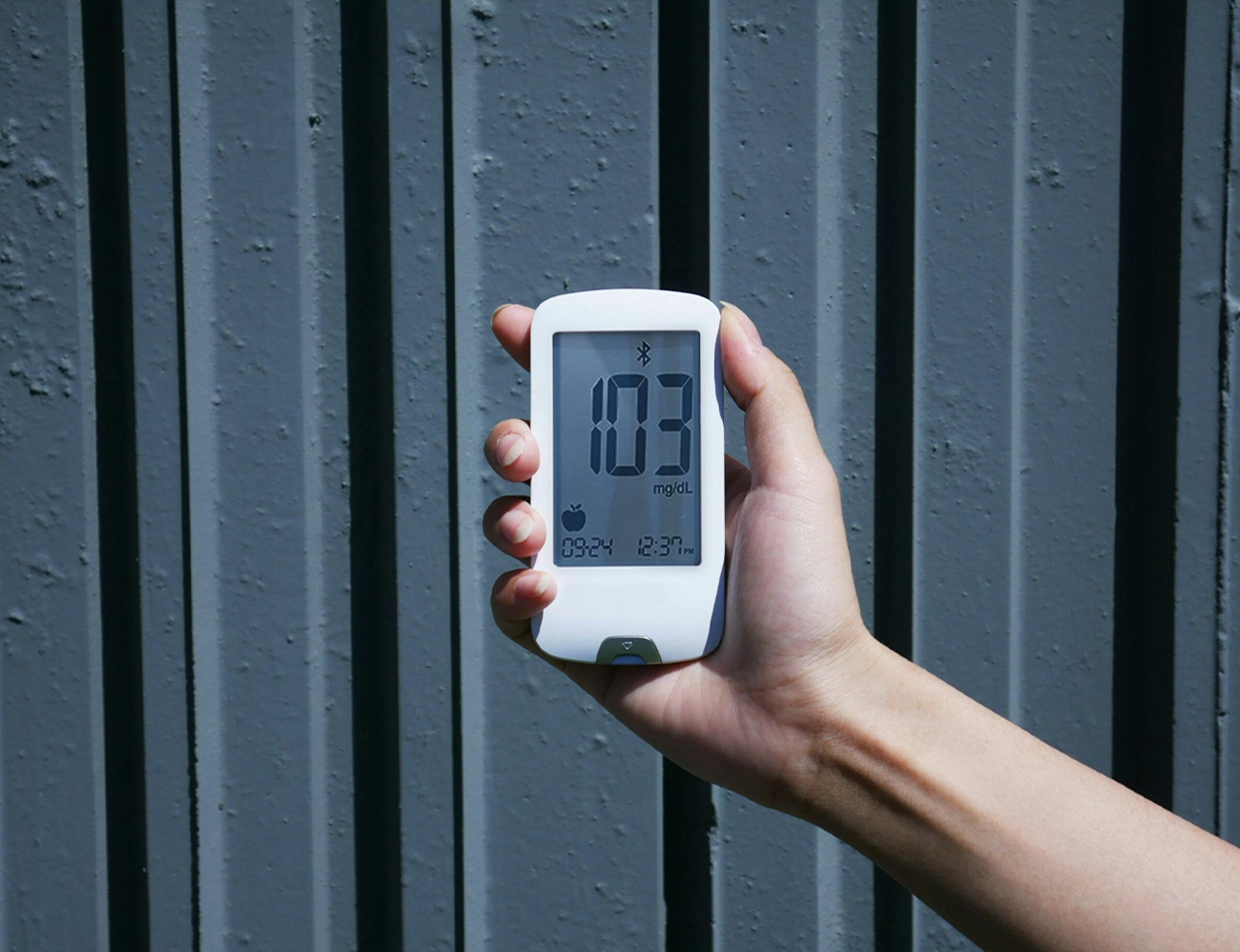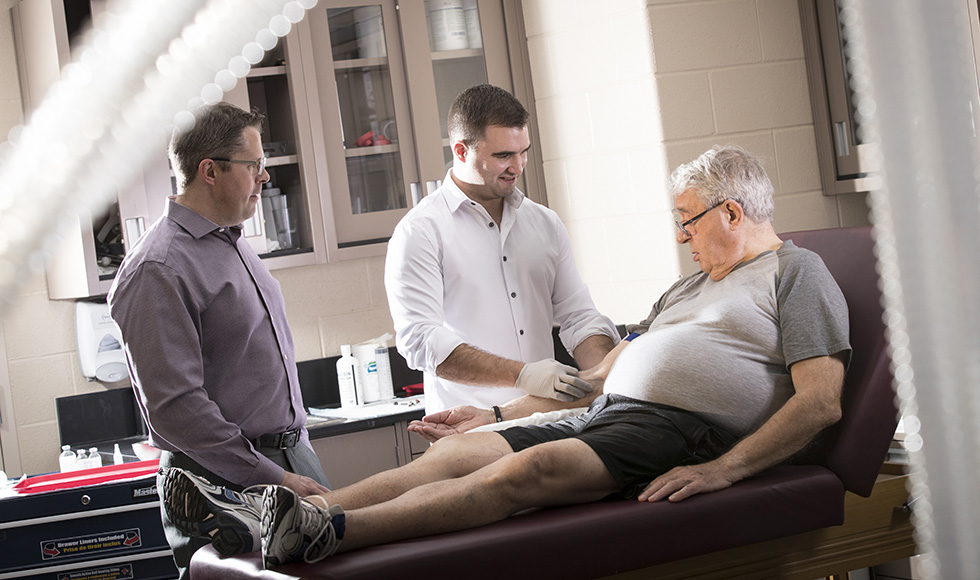
Living with diabetes means being mindful of your body in ways that others may take for granted. From monitoring blood sugar levels to making sure you’re engaging in the right kind of physical activity, every choice matters. That’s why it’s crucial to explore every option that can make managing this condition a bit easier, and one such option is hydrotherapy.
But what exactly is hydrotherapy, and how can it help you if you’re living with diabetes? Simply put, hydrotherapy is the use of water to relieve discomfort and promote physical well-being. It includes treatments like hot tubs, warm baths, and even water exercise. And the benefits for those with diabetes are promising.
Key Takeaways
-
Hydrotherapy can help lower blood sugar levels and improve insulin sensitivity.
-
Regular sessions can enhance circulation, which is often a concern for diabetic patients.
-
It can be a stress reliever, which is important since stress can negatively impact diabetes.
-
Hot tub therapy requires careful temperature and timing considerations for maximum benefit.
-
Always consult with your healthcare provider before starting any new treatment regimen.
Diving into Hydrotherapy: A Refreshing Approach to Diabetes Management
Hydrotherapy is not just a spa day luxury—it’s a legitimate therapy that can have real health benefits. For diabetic patients, the warm water can help to increase blood flow, reduce stress, and even lower blood sugar levels. But remember, before you dive in, it’s important to talk to your doctor to make sure it’s safe for you.
Understanding Hydrotherapy
Hydrotherapy, or water therapy, involves the use of water for pain relief and treatment. The warmth of the water can help muscles relax and increase blood flow, while the buoyancy can take pressure off joints and facilitate movement. For those with diabetes, these benefits are particularly valuable.
Why It’s a Game Changer for Diabetes
When you have diabetes, managing blood sugar levels is a constant challenge. Hydrotherapy offers a natural way to help regulate these levels. The heat from the water can help improve circulation and, as some studies suggest, may boost insulin sensitivity. This means your body might use insulin more effectively, which is crucial for controlling diabetes.
The Science of Soaking: How Hydrotherapy Works for Diabetes
So how does sitting in warm water translate to better diabetes management? It’s all about the body’s response to heat. When you soak in a hot tub, your body’s blood vessels dilate, which can improve circulation. Good circulation is particularly important for people with diabetes because it helps with wound healing and reduces the risk of complications like neuropathy.
The Impact on Blood Sugar Levels
One of the most intriguing benefits of hydrotherapy is its potential impact on blood sugar levels. A study published in the New England Journal of Medicine found that participants with Type 2 diabetes who spent time in a hot tub regularly experienced reduced blood sugar levels. This is an encouraging sign that hydrotherapy could be a beneficial addition to a diabetes care plan.
Improving Circulation with Water Therapy
Besides that, the improved circulation from hydrotherapy can also be beneficial for diabetic neuropathy, a common complication where patients lose sensation in their extremities. The enhanced blood flow may help to nourish damaged nerves and reduce symptoms.
But remember, while hydrotherapy can be beneficial, it should never replace your prescribed diabetes management plan. Instead, it should complement your existing routine, offering an additional way to help manage your condition.
Finding the Right Temperature

For hydrotherapy to be effective, especially for those with diabetes, the temperature of the water must be just right. Water that’s too hot can pose a risk, particularly if you have neuropathy and can’t feel the heat properly, leading to burns or overheating. On the flip side, water that’s too cool might not provide the therapeutic benefits you’re seeking. Aim for a comfortable warmth where you can relax without feeling overheated, typically between 98°F and 102°F.
Always use a thermometer to check the water temperature before entering, and start with shorter sessions to see how your body reacts. If you’re using a public facility like a gym or spa, don’t hesitate to ask the staff about their temperature settings to ensure they’re within a safe range for your needs.
Timing Your Sessions for Optimal Benefits
Timing is just as important as temperature when it comes to hydrotherapy. You don’t want to soak for too long and risk skin irritation or dehydration. Most experts recommend starting with 10 to 15-minute sessions and gradually increasing to no more than 20 to 30 minutes, depending on how you feel. It’s also a good idea to monitor your blood sugar levels before and after hydrotherapy to understand its effects on your body.
Try to incorporate hydrotherapy into your routine at times when you need it most. For example, soaking after a long day can help ease stress and muscle tension, which can have a positive impact on your blood sugar levels. Or, you might find a morning session energizes you for the day ahead.
Success Stories: Real Improvements for Diabetic Patients

While clinical studies provide a strong foundation for hydrotherapy’s benefits, personal stories can be just as powerful. Take, for instance, the account of John, a man in his fifties with type 2 diabetes. After incorporating regular hydrotherapy sessions into his routine, he noticed not only a drop in his average blood sugar levels but also an improvement in his sleep quality and overall well-being.
Case Studies Highlighting the Effectiveness of Hydrotherapy
Clinical research supports these individual experiences. In the study mentioned earlier from the New England Journal of Medicine, participants saw a significant decrease in their blood sugar levels after consistent hot tub therapy. This kind of evidence underlines the potential of hydrotherapy as a supplementary treatment for diabetes management.
Personal Anecdotes from Those Who’ve Tried and Thrived
“I was skeptical at first, but after just a few weeks of hydrotherapy, I felt more in control of my diabetes than I had in years. It’s become a non-negotiable part of my routine,” shares Maria, a patient who has been battling diabetes for over a decade.
Integrating Hydrotherapy into Your Diabetes Care Plan
Integrating hydrotherapy into your diabetes care plan should be done thoughtfully and strategically. Start by discussing it with your healthcare provider to ensure it’s appropriate for your specific health needs. Once you have the green light, begin slowly, and pay close attention to how your body responds after each session.
Creating a balanced routine means not relying solely on hydrotherapy but using it as one tool among many in your diabetes management toolkit. Combine it with a healthy diet, regular exercise, and medication as prescribed by your doctor.
Consulting with Health Professionals
Always keep your healthcare team in the loop. They can provide valuable insights into how hydrotherapy might interact with your medications or other treatments. They may also offer recommendations on how to get the most out of your sessions, or caution you about signs to watch for that indicate you should stop.
Frequently Asked Questions (FAQ)
As with any new therapy, it’s natural to have questions. Let’s tackle some of the most common queries about hydrotherapy for diabetes management.
1. How often should I engage in hydrotherapy for managing diabetes?
The frequency of hydrotherapy sessions can vary based on individual health needs and lifestyle. Generally, starting with two to three sessions per week, each lasting no more than 20 to 30 minutes, is a good guideline. However, it’s essential to listen to your body and adjust as needed. Always monitor your blood sugar levels to gauge how the therapy affects you.
2. Can hydrotherapy replace my diabetes medication?
No, hydrotherapy should not be seen as a replacement for your diabetes medication. Instead, it’s a complementary treatment that can support your existing management plan. Medication, as prescribed by your healthcare provider, remains a cornerstone of diabetes care.
3. What can I do to ensure safety while using hydrotherapy as a diabetic patient?
To ensure safety during hydrotherapy sessions, follow these guidelines:
-
Check the water temperature with a thermometer to avoid burns, especially if you have neuropathy.
-
Keep sessions to a recommended duration to prevent skin irritation and dehydration.
-
Stay well-hydrated before, during, and after your session.
-
Monitor your blood sugar levels closely to observe any changes.
4. Is hydrotherapy suitable for all types of diabetes?
While many individuals with diabetes may benefit from hydrotherapy, it’s not suitable for everyone. Those with open wounds, severe neuropathy, or poor blood circulation should consult their healthcare provider before engaging in hydrotherapy. Your doctor can help you assess whether hydrotherapy is a safe option for your specific type of diabetes and health condition.
5. How long does it take to see the benefits of hydrotherapy for diabetes?
The time it takes to see the benefits of hydrotherapy can vary. Some individuals may notice improvements in blood sugar levels, circulation, and stress relief within a few weeks, while for others, it might take longer. Consistency is key, as is tracking your progress over time to understand the therapy’s impact on your diabetes management.
I’m sorry, but you have not provided a paragraph to add a link to. Please provide the content that needs to be linked, and I will assist you accordingly.


